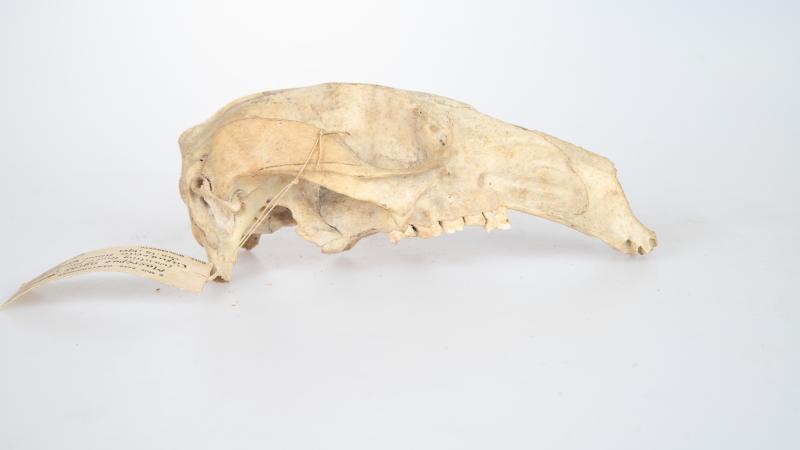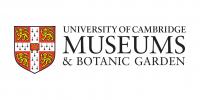What’s in the collection?
A kangaroo and wallaby from Queensland, plus around 50 birds, two reptiles and some invertebrates – all from Fiji and Australia.

When did it arrive?
October 1901
What do we know about the specimens in Cambridge?
They show that the practices of colonial natural history did not only bring about costs to the environment and local human populations, but also to the colonial collectors who were undertaking those practices.
The specimens were collected by British ornithologist Lionel Wiglesworth, who died of dysentery in June 1901 in Java, during his collecting expedition. Shortly after, his brother James Wiglesworth donated them to the Museum.
Who was Lionel Wiglesworth?
At the age of around 24, Wiglesworth decided to follow his passion for ornithology by moving from Buckinghamshire, England, to Germany for training under Professor Wilhelm Blasius in Braunschweig and Adolf Bernhard Meyer in Germany. He became an authority on the birds of Polynesia – and wrote a book on them in 1891 based on museum specimens – before he managed to travel there.
His first, and last, overseas collecting expedition in 1900-1901 was intended to build on that knowledge by traveling to Australia and New Zealand and then on to as many Pacific islands as he could.
A letter he sent from New Zealand evidences how these collections and archives provide a strong indication of the impacts of colonisation and settlement on wildlife (as does another of the Museum’s collectors, Guy Shortridge). In this case, his account showed how efforts of colonial acclimatisation societies to “improve” the ecosystems by introducing familiar European birds had devastating consequences for the indigenous wildlife – something that was particularly profound in New Zealand. The colonists sought to replace both the animals and the peoples. Wiglesworth wrote that he saw:
“no end of Sparrows, Goldfinches, Larks, Starlings, Green finches, some Blackbirds … also English trees, Scotch thistles, Red Admirals, no end of pretty girls and good-looking fellows. This is a very fine country, but I fear there will be little enough of the old NZ fauna – man and bird – left in 100 years. I think I have seen two Maoris as well as two birds”. [Ref. 1]
It's also notable that he includes Māori as part of the fauna.
After this unsuccessful visit to New Zealand, his first stop was Fiji. However, he would go no further. His obituary reads:
“Soon after his arrival there, and in the course of his first journey across the principal island, he had a serious attack of dysentery, from which he had barely recovered before a second completely prostrated him, and he was ordered by his medical adviser to leave the island as soon as possible for New Zealand, in the hope that the voyage would revive him. It was, however, too late for him to be removed, and he died at Suva on the 7th of June, his last letter (to a brother) containing the words ‘I am among friends, and quite easy.’” [Ref. 2]
The specimen in our Wiglesworth collection with the latest date is a parrot labelled 25th May 1901, and so it seems likely that while he lay in his hospital bed, he was still amassing specimens – presumably given to him by someone else. In any case, he appeared quite circumspect about his fate, and ultimately he died for his collections. Four days before that parrot was killed, he wrote from Suva Hospital to Ernst Hartert, curator of Walter Rothschild’s museum in Tring:
“I seem to myself quite a martyr by comparison, as I have sacrificed a tythe of my monetary capital, as well as for the time being, my health. Still I shall never regret having made this trip. The only pity is that my illness didn’t come later on, for my collections are quite insignificant so far”. [Ref. 3]
He died there less than three weeks later.
References
- Letter from Lionel Wiglesworth to Ernst Hartert, dated 27th February 1901. Natural History Museum Archives TM/1/60/15
- (1901), XLIX.—Obituary. Ibis, 43: 748-752. https://doi.org/10.1111/j.1474-919X.1901.tb00493.x
- Letter from Lionel Wiglesworth to Ernst Hartert, dated 21st May 1901. Natural History Museum Archives TM/1/60/15





